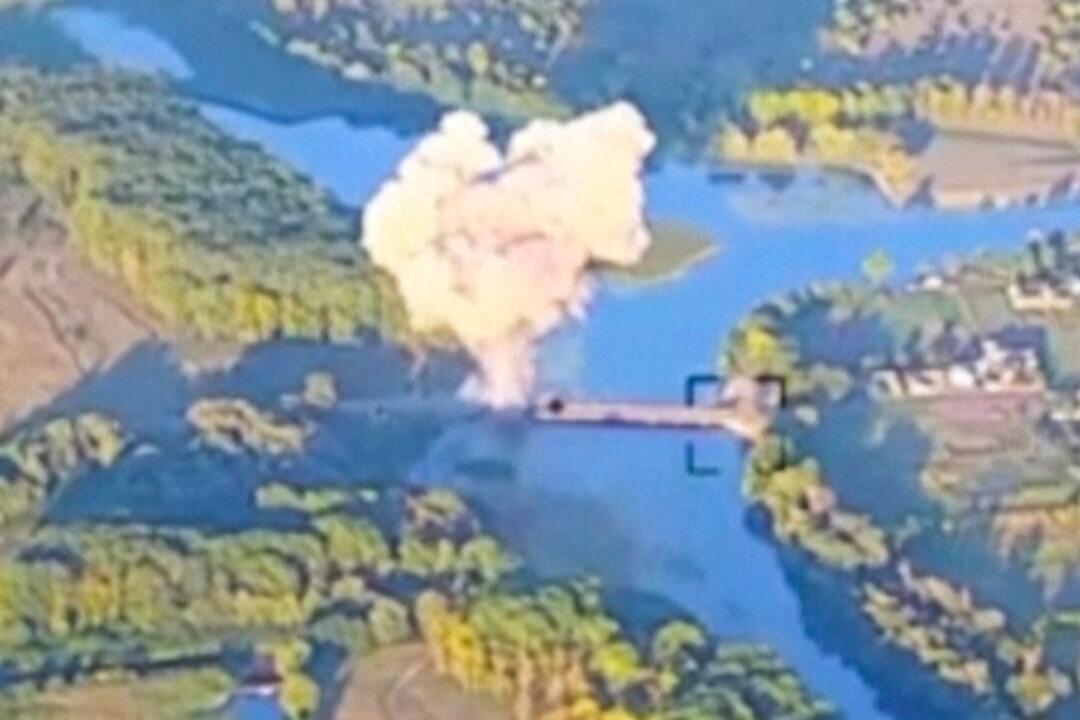The heydays of the massive construction efforts of the Cold War American presence in the Arctic, such as Camp Century and Project Iceworm, are long gone. Meanwhile, while Chinese people are struggling with a stagnating economy, Beijing is spending money on its Arctic ambitions, such as building and operating multiple icebreakers, and establishing a new northern naval base with Russia and North Korea to add reality to its Arctic claim.
In a 2018 Arctic Policy, Beijing asserted, “Geographically, China is a ‘Near-Arctic State,’ one of the continental States that are closest to the Arctic Circle.” This is an expansive definition, with many countries potentially being able to assert the same claim.
The United States first established a formal Arctic Policy in 1971 after more than 20 years of extensive building in the Arctic, including the Ballistic Missile Early Warning System (BMEWS) and forward bases for the Strategic Air Command. This included atomic-powered Camp Century in Greenland, which was the cover for Project Iceworm, a secret proposed network of mobile under-ice missiles.
The US Has 2 (Broken) Icebreakers
Although the polar ice is receding for the time being, opening historic new trade routes between Asia and Europe, large ships with ice-breaking capability are still vital to maintaining the routes and national presence year-round.The United States currently, on paper, has two icebreakers to serve both the Arctic and Antarctica. Unfortunately, the U.S. Coast Guard Cutter (USCGC) Healy had to limp back in August from the beginning of its Arctic deployment on one engine due to an engineering compartment fire. The ship is aging, and spare parts are not readily available. The Coast Guard’s other icebreaker, the USCGC Polar Star, just returned from Mare Island, California, finishing a piecemeal four-year effort to keep the 50-year-old ship in operation for another year.
The Coast Guard has embarked upon a new program with the ambitious goal of six new icebreakers. However, this effort has proceeded slowly for years and is now facing substantial cost overruns and new delays, forcing the first delivery in 2029.
China’s Arctic Build-up
Meanwhile, China has delivered four icebreakers since 2018, and more are on the way, including a large, nuclear-powered icebreaker. “The Polar Silk Road will be cleared with Chinese icebreakers,” wrote Jeremy Greenwood in an op-ed published by the Brookings Institute. Part of the brisk pace of deliveries for Chinese Arctic capabilities will be a large vessel capable of carrying, launching, and operating large undersea “research” vessels. Such a capability could have distinct and significant dual-use implications, meaning military and intelligence research could be conducted as readily as “scientific” research.A New US Alaskan Base—But in the Wrong Location?
A new base facility in Alaska for the U.S. Coast Guard was announced in August but in a very subdued, low-key manner. One would think there would be more gravitas and panache with the announcement of the first new Arctic major U.S. government national security construction in 30 years. The previous new construction could be considered the installation of missile interceptors at Fort Greeley, Alaska. Juneau was announced as the new homeport for the Arctic icebreakers, with additional work on bases in Anchorage and Kodiak and new seasonal sites at Nome and the Aleutian Islands.Placing the new icebreaker base in Juneau is helpful, but it’s also 1,500 miles from where much of the seasonal ice really starts, above the Aleutian Islands. This amounts to four-and-a-half days of cruising once the ship casts off from its Juneau base. It takes additional days to do the mission planning and generate the ship and crew for departure, so it would be better to forward base the icebreakers in the Aleutians.
The new facilities are helpful, but the overall pace of construction of facilities and ships needs to be quickened to demonstrate that the updated U.S. policies and strategy for the Arctic are backed up with action.







